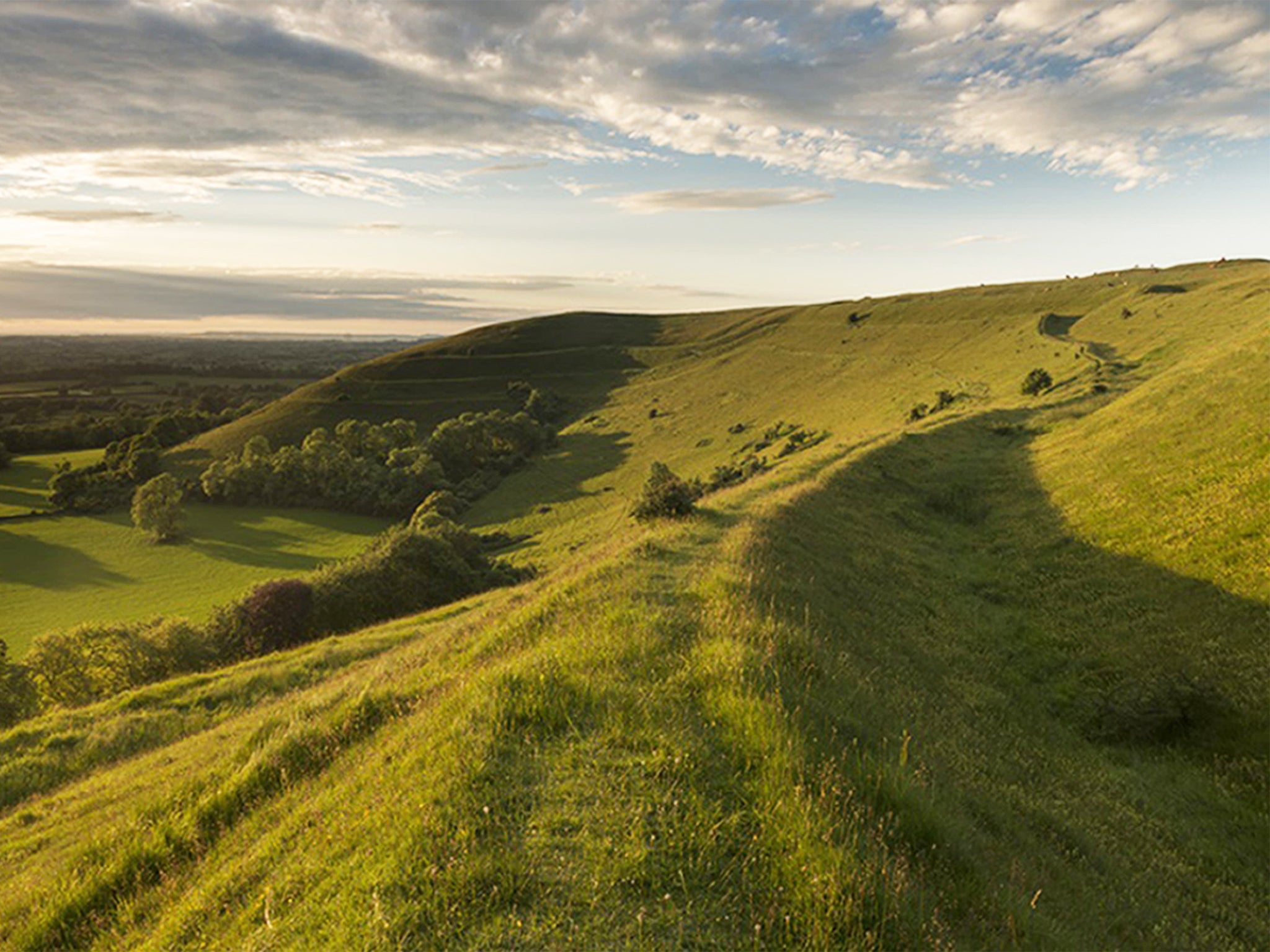National Trust acquires 2,600-year-old Iron Age fort Hambledon Hill

Your support helps us to tell the story
From reproductive rights to climate change to Big Tech, The Independent is on the ground when the story is developing. Whether it's investigating the financials of Elon Musk's pro-Trump PAC or producing our latest documentary, 'The A Word', which shines a light on the American women fighting for reproductive rights, we know how important it is to parse out the facts from the messaging.
At such a critical moment in US history, we need reporters on the ground. Your donation allows us to keep sending journalists to speak to both sides of the story.
The Independent is trusted by Americans across the entire political spectrum. And unlike many other quality news outlets, we choose not to lock Americans out of our reporting and analysis with paywalls. We believe quality journalism should be available to everyone, paid for by those who can afford it.
Your support makes all the difference.One of Britain’s most important archaeological sites – a vast Iron Age hill fort at Hambledon Hill, Dorset – has been acquired by the National Trust.
It is the organisation’s most significant archaeological acquisition for more than 30 years. With £450,000 from bequests and from Natural England, the Trust has purchased the 2,600-year-old monument from a local family charitable trust which had owned it since the early 1980s.
Together with a neighbouring National Trust-owned hill fort, Hod Hill, the monuments constitute the organization’s most important archaeological complex after the Stonehenge landscape and Avebury.
It’s now planning to protect its newly-acquired Hambledon Hill site from being damaged by encroaching scrubland and other vegetation.
The vast triple-banked hill fort – one of the largest and most impressive in Britain – covers 67 acres and has four miles of grass-covered earthen ramparts.
Its defensive ditches – up to 21 metres deep – are among the most impressive in the world. Inside the hill fort, which is in reality a fortified Iron Age town, visitors can still see some 300 Iron Age hut platforms and walk along the long-abandoned prehistoric streets.
The newly acquired site includes not only the Iron Age hill fort, but also two 5,500-year-old neolithic ritual enclosures, a huge neolithic communal tomb and Bronze Age burial mounds. A full archaeological survey of the monuments will be carried out by the National Trust next year.
The site, already a national nature reserve, is also exceptionally important from a natural history perspective, and is home to nine rare orchids, at least a dozen rare and endangered butterflies, mammals and birds.
“This acquisition is extremely significant because of the site’s rare flora and fauna and because the Iron Age hill fort is among the three most important such archaeological monuments in the country. Together with the Neolithic and Bronze Age earthworks on the site, it covers 3,500 years of British prehistory,” said a National Trust spokesperson.
Join our commenting forum
Join thought-provoking conversations, follow other Independent readers and see their replies
Comments